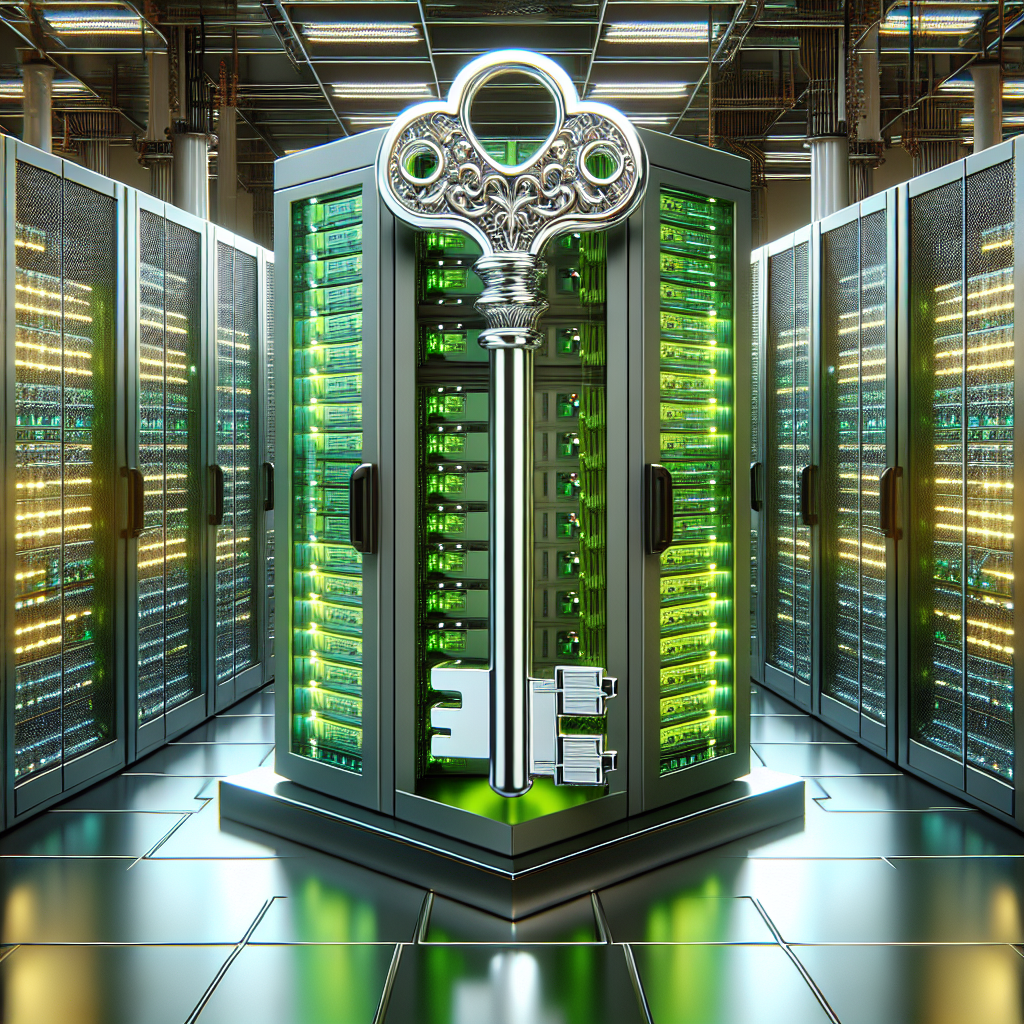Data centers are the heart of modern businesses, serving as the central hub for storing and processing data. In today’s digital age, data is more valuable than ever, making it crucial for organizations to optimize their data centers for peak performance. By unlocking the power of data centers, businesses can improve efficiency, reduce downtime, and enhance overall productivity.
Here are some tips for performance optimization in data centers:
1. Utilize Virtualization: Virtualization technology allows organizations to run multiple virtual servers on a single physical server. This can improve efficiency by reducing the number of physical servers needed, saving space and reducing energy consumption. Virtualization also allows for easier scalability and flexibility, making it easier to adapt to changing business needs.
2. Implement Energy-Efficient Cooling Systems: Data centers consume a significant amount of energy, with cooling systems being one of the biggest energy consumers. By implementing energy-efficient cooling systems, businesses can reduce their carbon footprint and lower operating costs. This can be achieved through the use of free cooling techniques, such as air-side economization, or by using more efficient cooling technologies, such as in-row cooling units.
3. Optimize Data Storage: Data storage is a critical component of data center performance. By optimizing data storage, businesses can improve access times, reduce latency, and increase overall efficiency. This can be achieved through the use of tiered storage systems, which prioritize data based on its importance and access frequency, or by implementing data deduplication and compression techniques to reduce storage space.
4. Monitor and Analyze Performance Metrics: Monitoring and analyzing performance metrics is crucial for identifying bottlenecks and areas for improvement in data center operations. By tracking metrics such as server utilization, network traffic, and storage capacity, businesses can proactively address issues before they impact performance. This can be done using monitoring tools and dashboards that provide real-time visibility into data center operations.
5. Implement Redundancy and Disaster Recovery Plans: Redundancy and disaster recovery are essential components of data center optimization. By implementing redundant systems and backup procedures, businesses can ensure high availability and minimize downtime in the event of a hardware failure or natural disaster. This can be achieved through the use of redundant power supplies, backup generators, and offsite data replication.
In conclusion, unlocking the power of data centers requires a combination of technology, best practices, and strategic planning. By implementing these tips for performance optimization, businesses can improve efficiency, reduce costs, and enhance overall productivity in their data centers. By investing in data center optimization, organizations can stay competitive in today’s fast-paced digital landscape.


Leave a Reply